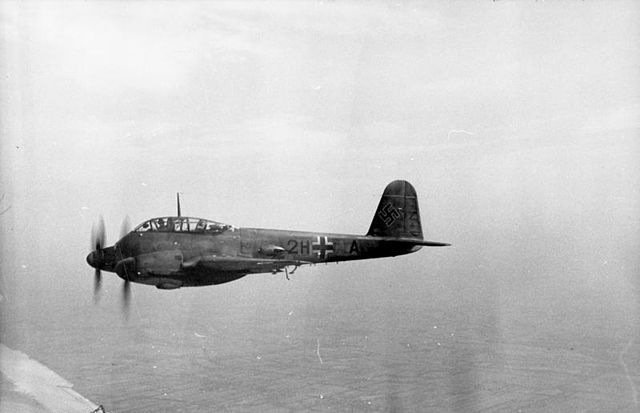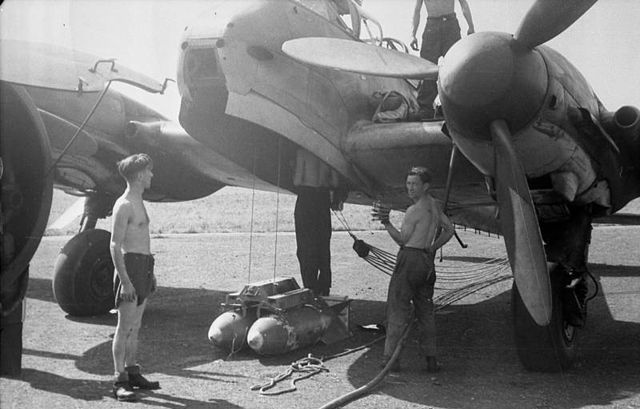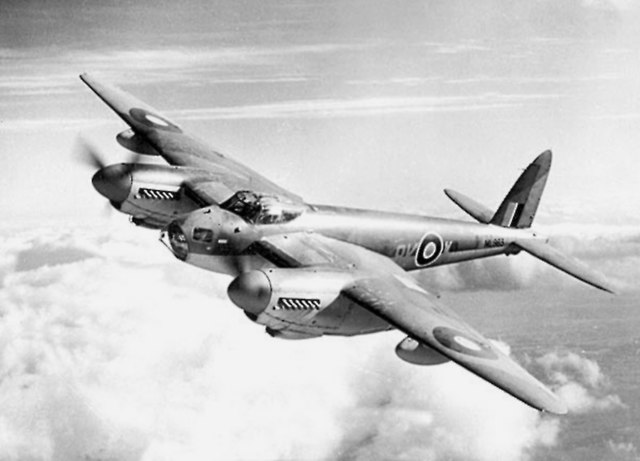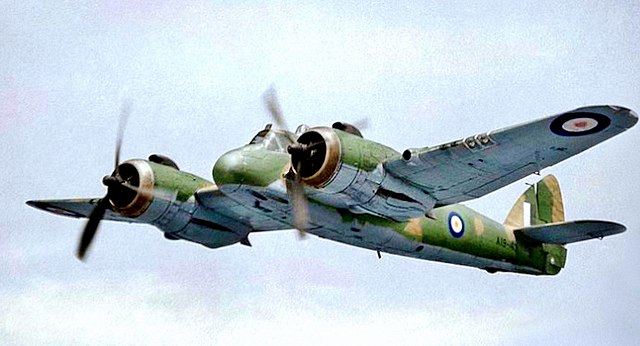The Messerschmitt Me 210 was a German heavy fighter and ground-attack aircraft of World War II. Design started before the war, as a replacement for the Bf 110. The first examples were ready in 1939, but they proved to have unacceptably poor flight characteristics due to serious wing planform and fuselage design flaws. A large-scale operational testing program throughout 1941 and early 1942 did not cure the type's problems. The design entered limited service in 1942, but was soon replaced by the Messerschmitt Me 410 Hornisse, a further development of the Me 210. The failure of the Me 210's development program meant the Luftwaffe was forced to continue operating the Bf 110 after it had become outdated, despite mounting losses.
Messerschmitt Me 210
The Me 210 featured a bomb bay, unlike its predecessor, the Bf 110
Comparison of the wing planforms of the Me 210 and its successor, the Me 410 Hornisse.
The FDSL 131 remote gun turret of an Me 210 being maintained
A heavy fighter is a historic category of fighter aircraft produced in the 1930s and 1940s, designed to carry heavier weapons or operate at longer ranges than light fighter aircraft. To achieve performance, most heavy fighters were twin-engine, and many had multi-place crews; this was in contrast to light fighters, which were typically single-engine and single-crew aircraft. In Germany, these larger fighters were known as Zerstörer ("destroyer").
A de Havilland Mosquito FB.VI fighter-bomber used for testing rocket armament
The Potez 633, a light-bomber variant of the 63 series
A Messerschmitt Bf 110 in flight
Bristol Beaufighter








